"There are many different strategies for international connections and only through various international connections can we stop being the East forever. The 'East', like 'Asia', is only a term of governance imposed by the West. If we want to create new conceptions, we have to break away from this fate of being named and re-establish various dialectic relationships ourselves." —Chieh-Jen Chen1
Today, the term "South Sea" is not only a fanciful and exotic term in Taiwan; "Southeast Asia" is also more than a geographic term of geographical proximity. Artists are actively exploring new possibilities for dialogue and trying to develop relationships.
There are many ways to get closer to each other and many Taiwanese artists choose to visit these locations in person to experience them with their entire mind and body:
In Sound Route: a project about sound, history and memory, Chi-Yu Wu did not limit himself to textual materials, but personally traveled to Indonesia and tried to "think with sound", turning local folk songs, oral history, and ambient sounds into powerful narrators, thus rethinking history and memory through listening. He also found that similar stories have been told in Japan, Indonesia, and Taiwan in the same eras, each being transformed into songs that survive to this day. Through sounds, we can "see" the commonality of historical events throughout modern Asia, a miniature of the universal wheel of time.
Li-Ting Lai was invited by Pitapat Theatre in Sabah, Malaysia to visit them and work with creators from different backgrounds in order to reinterpret the Western classic Three Sisters in an Eastern context and with an Eastern mindset, as to find out how Malaysians, Taiwanese, and the so-called "Chinese" see themselves and their position in contemporary times.
In Calm Belt Migration: A Natural Expedition to the Indonesian Archipelago, Meng-Chieh Feng visited all the islands of Indonesia and wrote about Indonesia from the perspective of the natural environment and bird habitats. It was not only a bird watching trip but also a cultural experience and a reflective adventure. The author's professional background also allowed the project to go beyond the field of literature and opened up new horizons in natural science and natural history.
There are not only works that delve into specific regions, but some artists also take a broader view for observation:
Chao-Tze Liu found that independent publishers, independent bookstores, and photography publications from Southeast Asia are relatively unknown in Taiwan, so she led the project Southeast Asian Photography Independent Publishing: a Field Study and Research Using Photo Books as a Methodology. The fieldwork for the project took a long period of time. Visits were made to Bangkok, Thailand; Manila, the Philippines; Ho Chi Minh City, Vietnam; and Jakarta and Yogyakarta, Indonesia to document the vibrant independent bookstores, publishers, photography databases, and photography book creators, filling the gap of relevant information in Taiwan.
Amber Lin's international journalism reporting project, Other Side—the South Sea, covered Macau, Myanmar, Malaysia, Hong Kong, Indonesia, and Taiwan. She wrote about the historical origins and political struggles in various parts of Asia, covering geography, culture and ethnic groups and presenting the path of transformation of the "South Sea" in the form of non-fiction.
There are also artists with Southeast Asian backgrounds who speak for themselves, using their homeland as a source of creativity. For example, the works by maniniwei—who was born in Muar, Malaysia and studied in Taiwan—span the fields of literature and the visual arts. In the Malay culture picture books The Legend of Puteri Gunung Ledang, Old Parrot's Malay Pantun Poetry, and The Little Oil Man and the Banana Demon, she compiled and translated the folk tales and local poetry of Malay culture and finally presented them in three books, allowing Taiwanese readers to get a glimpse of the fantastical and strange stories abounding in the Malay countryside.
NCAF also has a grant for "Malaysian Chinese Novel Writing and Publishing" which accepts applications from Malaysian writers, as to support the development and reinvention of Malaysian Chinese literature. Works created under the grant that have already been published include Worldly Place by Zishu Li. The author takes her hometown of Ipoh, Malaysia as the base and transforms it into the stage of the book, "Tin City". It depicts a noisy and bustling city from the perspective of a blind girl, Ku Yin-Shia, who overlaps geographically and historically with a whole generation of people full of vitality—Chinese, Malays, and Indians, creating a unique "worldly place".
Regardless of the starting point and entry point, artists in Taiwan and Southeast Asia seek all possible dialectic relationships and novel conceptions to further shape their independent self-identity, break away from the shadow of the mainstream discourse of the West, Europe, and North America, and open up a new southward direction for art.
[1] Chen, Chieh-Jen & Gong, Jow-Jiun (October 2012). "Archive, Creation and Knowledge Production as a Historical Progression (II)". Modern Art, No. 164, p. 107.
Further readings and related websites:
- Brilliant Time bookstore
https://www.facebook.com/btbookstw/ - Fotobook DUMMIES Day: Reading Southeast Asia
https://fotobookdummiesday.com/Reading-SEA-2 - Connecting the Dots: How to Listen to the Sound of Collective Memory?, Nomansland
https://www.heath.tw/nml-article/connecting-the-dots-how-to-listen-to-the-sound-of-collective-memories/ - Punei in the Dark: Fang Tzu Reads Worldly Place, NCAF Online Magazine
https://mag.ncafroc.org.tw/article_detail.html?id=297ef722734690ff0173564277820002
*Translator: Linguitronics


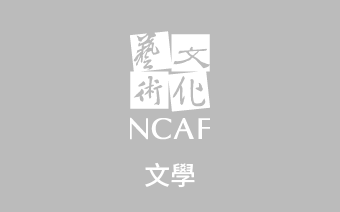
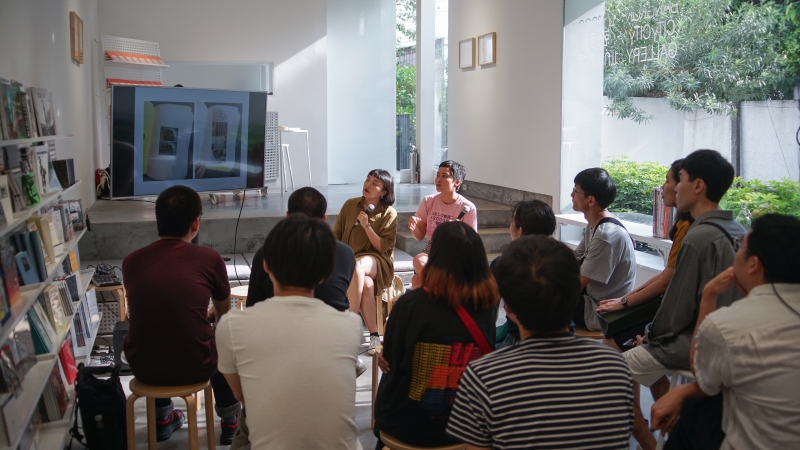
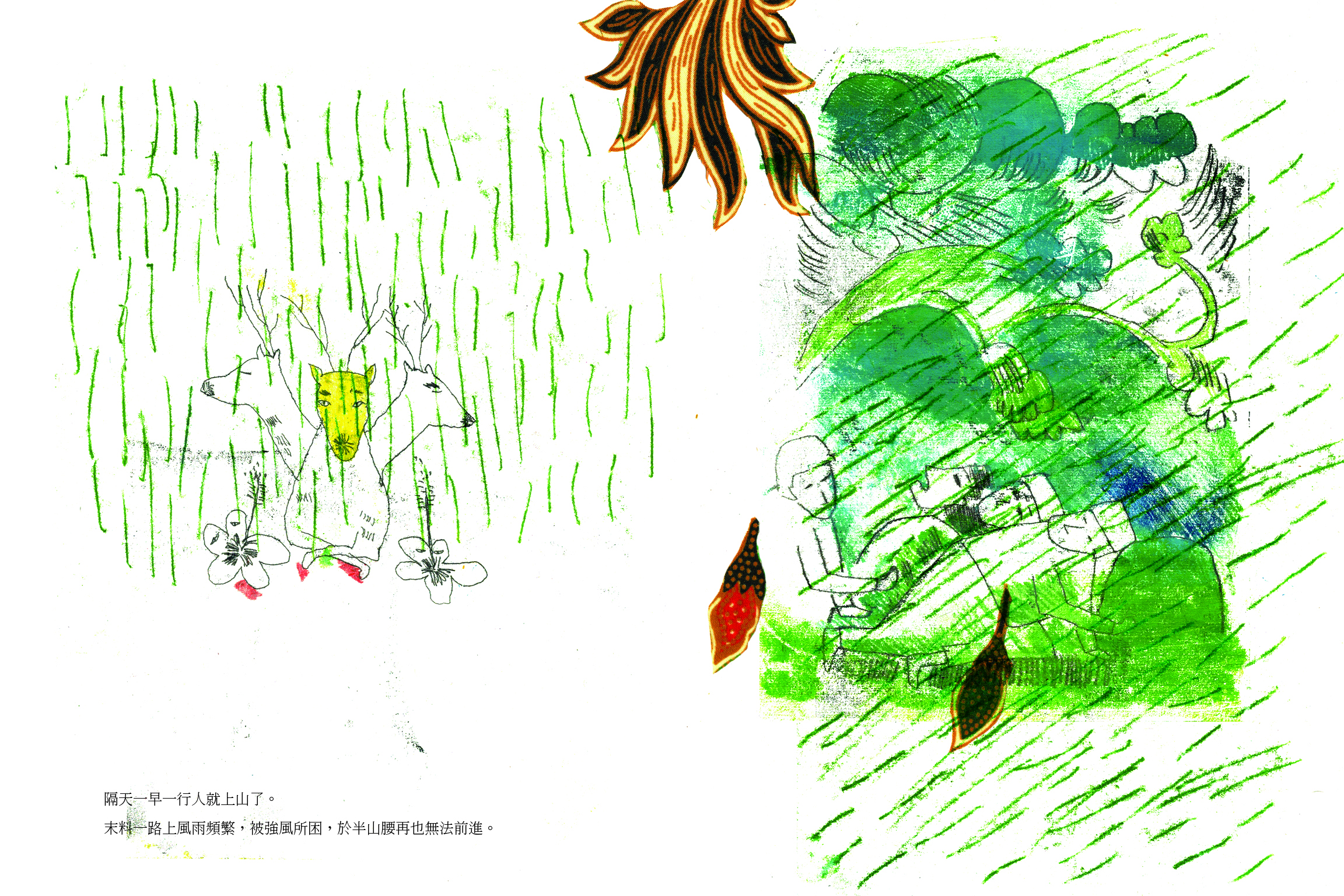
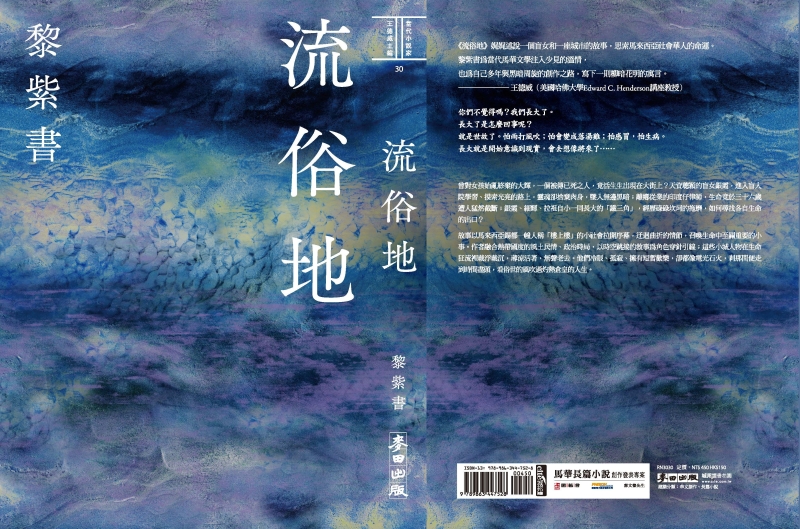
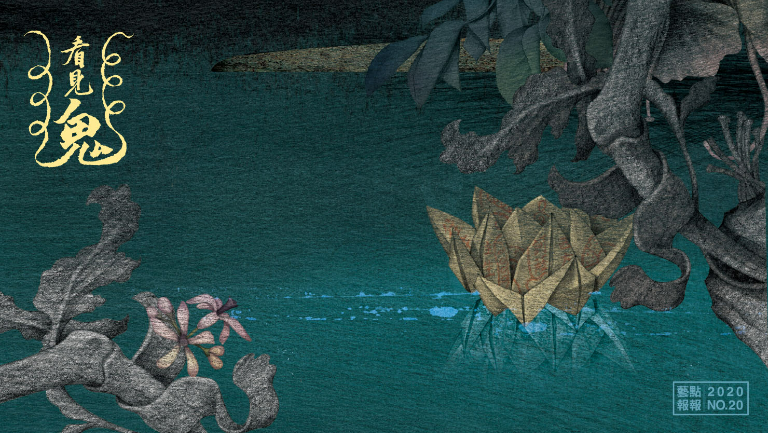
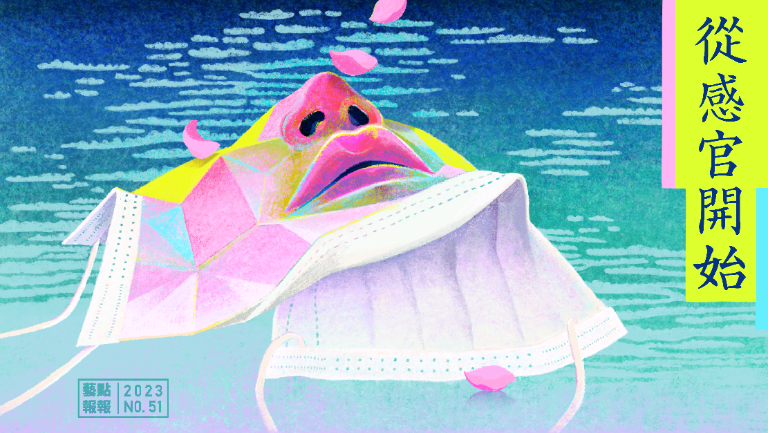

_1693364704555.jpg)